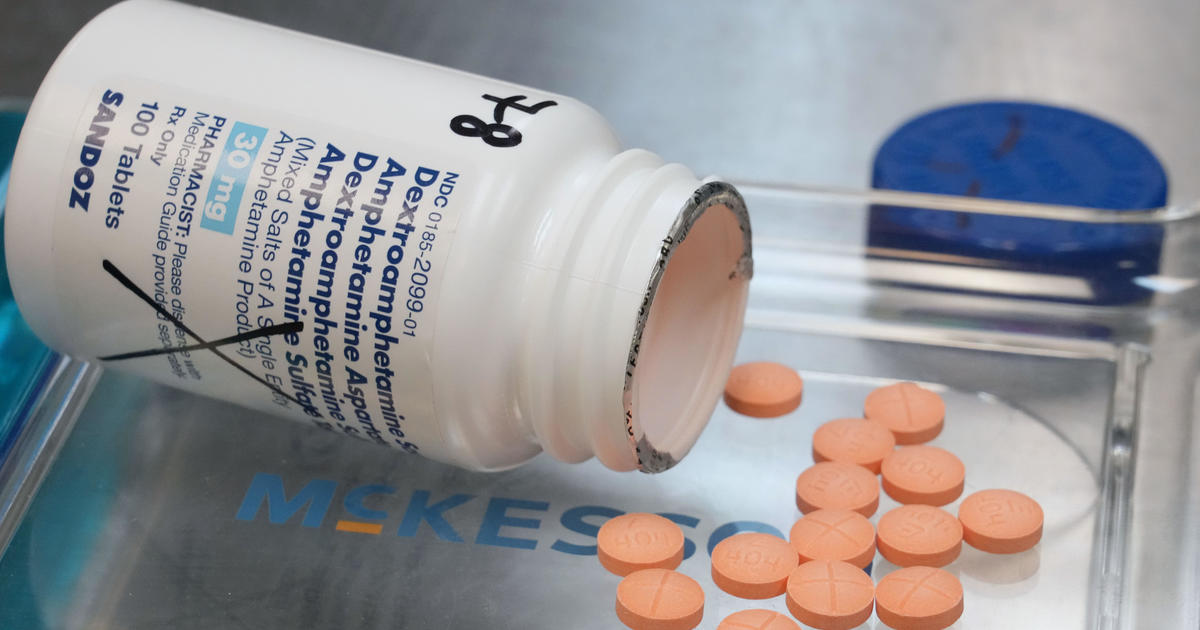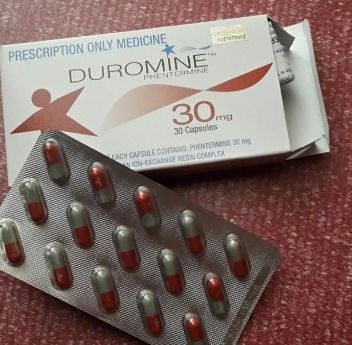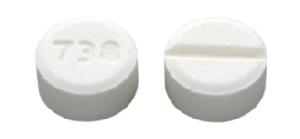- You have no items in your shopping cart
- Continue Shopping

When it comes to managing Attention Deficit Hyperactivity Disorder (ADHD) or narcolepsy, two of the most commonly prescribed medications are Adderall and Vyvanse. Both medications are stimulants that work by affecting neurotransmitters in the brain, but they have distinct differences in formulation, dosage, and effects. This detailed comparison will delve into the specifics of 60 mg of Adderall vs. 50 mg of Vyvanse, helping you understand their unique attributes and how they may impact your treatment.
Shop Now: duro-mine pharmacy
Overview of Adderall and Vyvanse
Adderall is a combination of amphetamine salts that is available in both immediate-release and extended-release formulations. It is designed to help increase attention and decrease impulsiveness and hyperactivity in individuals diagnosed with ADHD.
Vyvanse, on the other hand, contains lisdexamfetamine, which is a prodrug that is converted into dextroamphetamine in the body. This unique formulation means that Vyvanse may provide a more gradual and sustained release of medication, reducing the likelihood of abuse compared to other stimulants.
Dosage Comparison: 60 mg of Adderall vs. 50 mg of Vyvanse
- 60 mg of Adderall:
- Adderall is often prescribed in various dosages, with 60 mg being on the higher end, primarily used for patients who require robust symptom control. This dosage can be beneficial for those who experience significant challenges with focus, organization, and impulse control.
- The immediate-release form of Adderall can lead to quick symptom relief but may also result in a shorter duration of effect, often requiring multiple doses throughout the day. The extended-release version, however, can provide up to 12 hours of coverage, ideal for sustained focus in both academic and professional settings.
- Common side effects may include insomnia, dry mouth, increased heart rate, and anxiety, especially at higher doses.
- 50 mg of Vyvanse:
- Vyvanse is typically started at a lower dose and can be titrated up based on the individual’s response and tolerance. A dosage of 50 mg is often well-tolerated and can provide effective symptom relief for many patients.
- As a prodrug, Vyvanse is metabolized more slowly in the body, leading to a smoother onset of action and a more extended duration of effect, often lasting up to 14 hours. This can be particularly advantageous for individuals who prefer a single daily dose without the need for multiple administrations.
- The side effects of Vyvanse are generally similar to those of Adderall, including appetite suppression, potential insomnia, and increased heart rate, but the risk of anxiety and mood fluctuations may be lower due to its gradual onset.
Effectiveness and User Experience
When considering 60 mg of Adderall vs. 50 mg of Vyvanse, user experiences can vary significantly based on individual body chemistry and lifestyle. Many patients report that Adderall provides a more immediate and intense effect, making it suitable for those needing rapid symptom management. However, the quick onset can also lead to a “crash” as the medication wears off.
Conversely, patients using Vyvanse often appreciate the consistent level of symptom control throughout the day without the peaks and troughs associated with immediate-release stimulants. This may make Vyvanse a preferable option for those sensitive to fluctuations in medication levels.
Potential for Abuse
While both Adderall and Vyvanse are classified as controlled substances due to their potential for abuse, Vyvanse’s unique formulation as a prodrug may present a lower risk. Because it must be metabolized to become active, it is less likely to be misused compared to immediate-release forms of Adderall.
Conclusion
Choosing between 60 mg of Adderall vs. 50 mg of Vyvanse is a decision that should be made in consultation with a healthcare provider, considering personal health history, lifestyle, and treatment goals. Both medications have proven effective for many individuals dealing with ADHD or narcolepsy, but their differing formulations, dosages, and effects make it crucial to find the right fit for your unique needs. Always ensure to discuss potential side effects and monitoring needs with your healthcare professional to optimize your treatment plan and enhance your quality of life.




